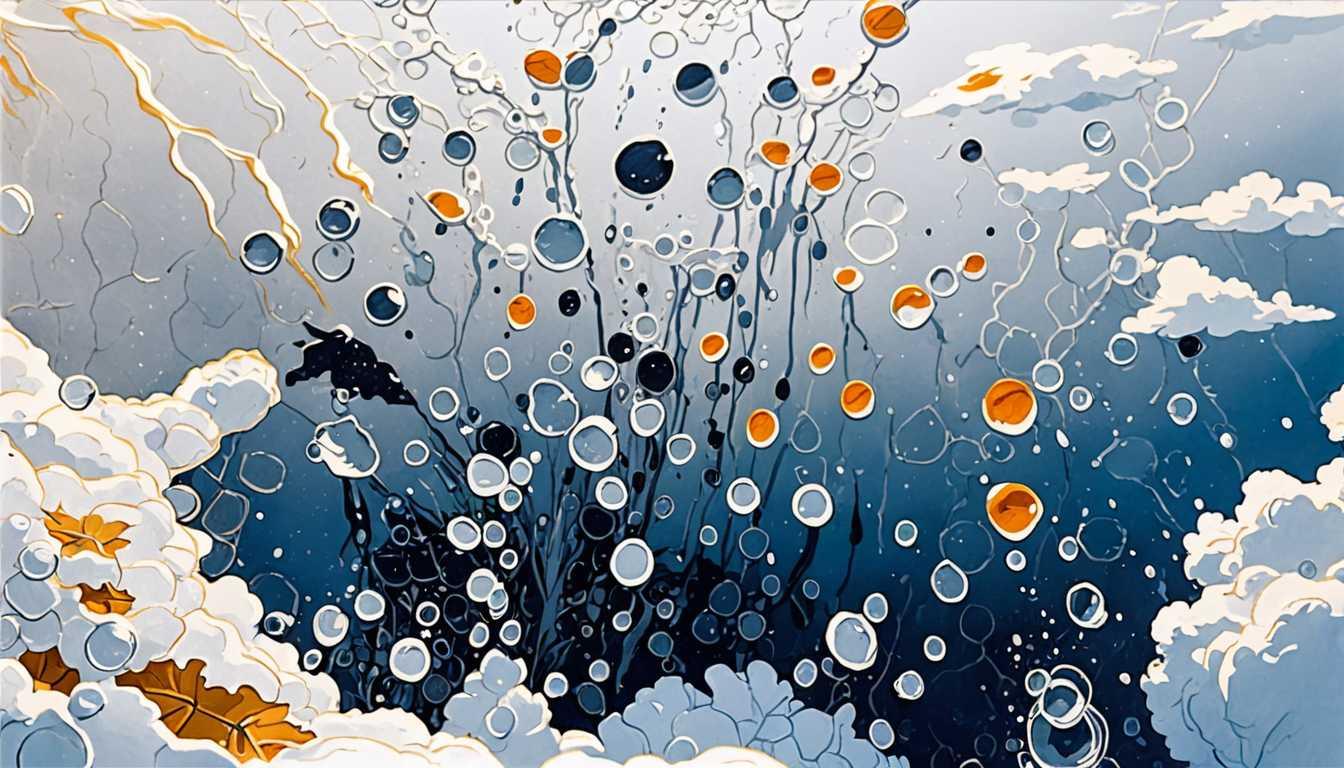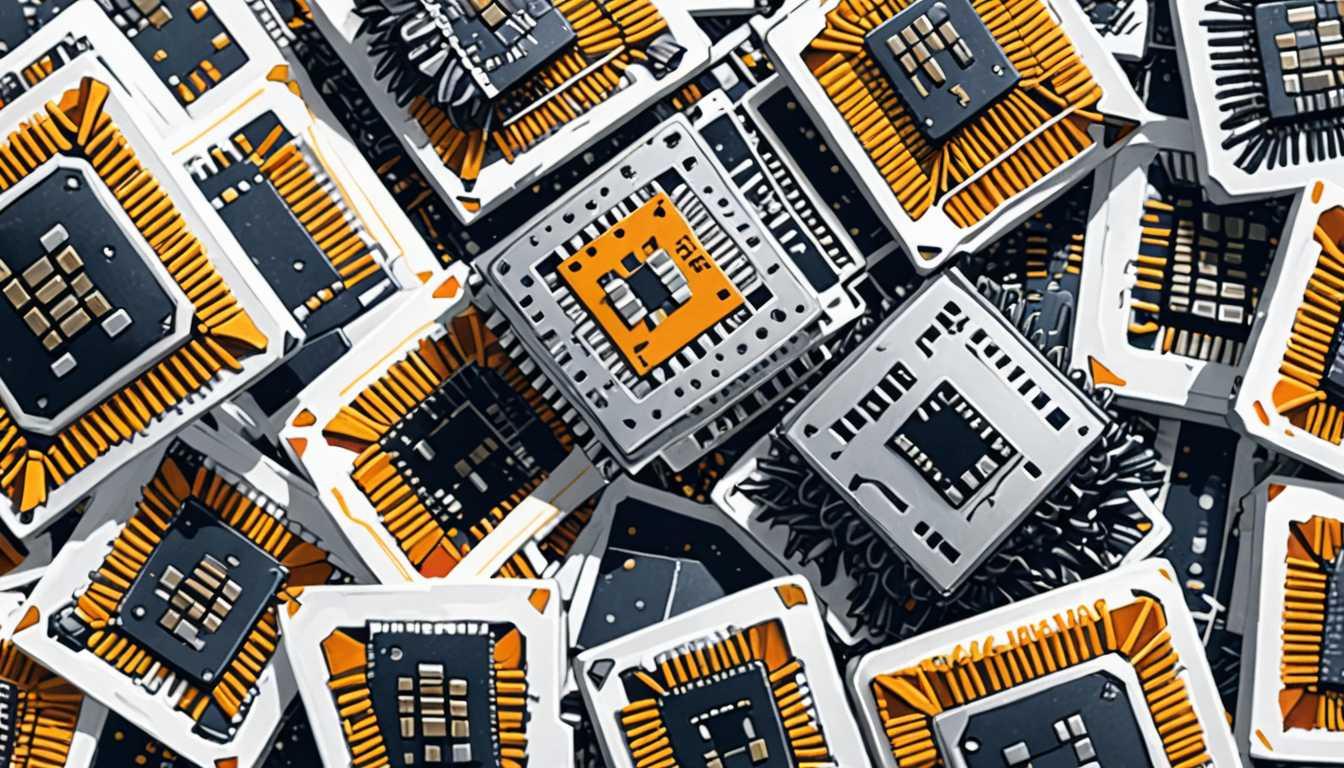Sunshine Powder: Drink Water Safely
May 2023
Stanford University
Introduction
Dive into the groundbreaking discovery by Stanford and SLAC scientists who've developed a sun-powered, bacteria-busting powder, promising clean drinking water for billions. This low-cost, recyclable marvel zaps nasty microbes in seconds, using nothing but sunlight. Say goodbye to waterborne diseases with just a sprinkle and a splash of sunshine! Ready to be wowed by science's latest leap? Check out the full scoop from Stanford University's bright minds.
READ FULL ARTICLEWhy It Matters
Discover how this topic shapes your world and future
Sunlight and Science - A Thirst for Change
Imagine living in a world where a sip of water could be a matter of life and death. This is the reality for nearly 2 billion people who drink water contaminated with deadly microbes. The quest for clean drinking water is not just about quenching thirst; it's a fight for survival, especially for children under the age of 5. The groundbreaking discovery by scientists at Stanford University and SLAC National Accelerator Laboratory shines a ray of hope. They've developed a low-cost, recyclable powder that, when exposed to ordinary sunlight, can disinfect water in seconds, potentially transforming the lives of one-third of the global population. This innovation is not just a scientific breakthrough; it's a beacon of hope, demonstrating how leveraging simple elements like sunlight can address complex global challenges. As a student, understanding the significance of such innovations can inspire you to think creatively about solving the world's pressing issues.
Speak like a Scholar
Nanoflakes
Tiny flakes of material, so small that they're measured on the nanometer scale. Imagine a flake so small, a thousand of them could fit across the width of a human hair!
Semiconductor/metal junction
A point where a semiconductor (material that can conduct electricity under some conditions) meets a metal, allowing for the efficient transfer of electrons.
Photons
Particles of light. Think of them as tiny packets of energy zipping around from the sun to us.
Electrons
Negatively charged particles that orbit the nucleus of an atom. They're involved in electricity and chemical reactions.
Hydrogen peroxide
A chemical compound (H2O2) known for its disinfecting properties. It's like water (H2O), but with an extra oxygen atom.
Hydroxyl radicals
Highly reactive molecules that contain oxygen and hydrogen. They're like nature's scrubbing brushes, helping to clean up harmful substances.
Independent Research Ideas
Exploring the role of sunlight in chemical reactions
Investigate how different wavelengths of sunlight can accelerate or hinder chemical reactions, focusing on environmental applications.
Nanotechnology in water purification
Explore the use of various nanomaterials in the purification of contaminated water, comparing their efficiency, cost, and environmental impact.
The science of disinfectants
Delve into how different disinfectants, including hydrogen peroxide and hydroxyl radicals, interact with microbial cell membranes, leading to the destruction of pathogens.
Renewable energy and environmental engineering
Study the intersection of renewable energy technologies, like solar power, with environmental engineering practices to develop sustainable solutions for global challenges.
Related Articles

Electrified Charcoal: A New CO2 Solution
June 2024
University of Cambridge

Revolutionary CO2 Capture for a Greener Future
November 2024
UC Berkeley NewsCenter

Greenhouse Gas to Gold: Cornell's Magic
October 2023
Cornell University

Turning Toxic Water Safe: A Simple Science Win
August 2022
University of California

Turning E-Waste into Gold for Sustainability
January 2025
Cornell News Highlights